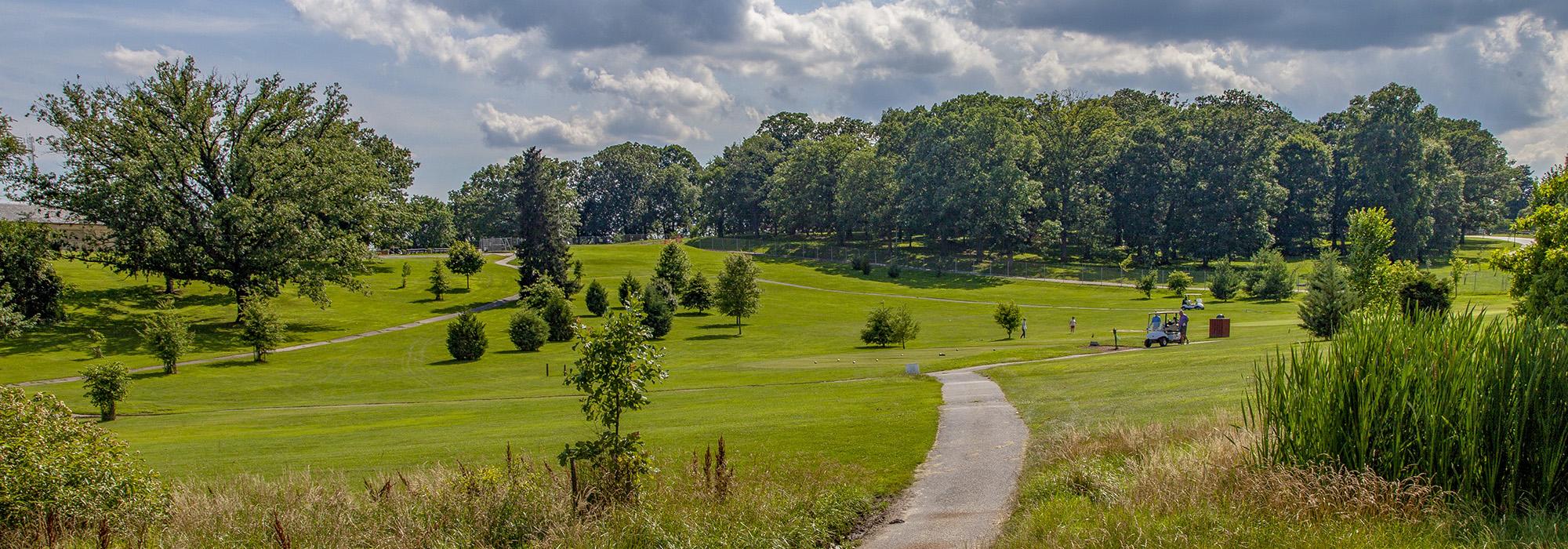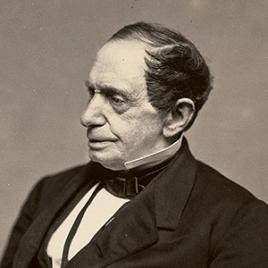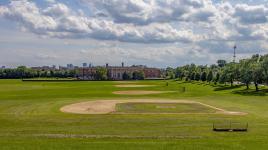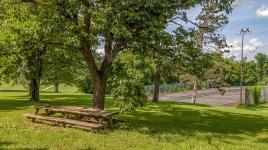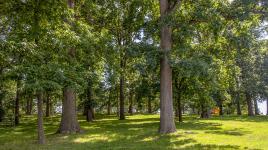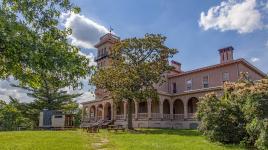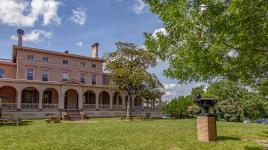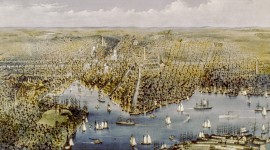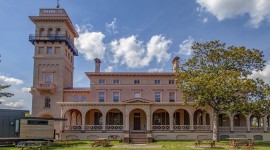Pioneer Information
Born in Crofton, Maryland, on a 500-acre tobacco plantation named Whitehall, Hopkins belonged to a Quaker family. The second oldest of eleven children, he enrolled at the Free School of Anne Arundel County but was required instead to work on his family’s plantation after all of the enslaved workers were manumitted in accord with a local Quaker decree. In 1812 Hopkins left the plantation and worked in his uncle’s grocery store, which he went on to manage. After a seven-year partnership with Benjamin Moore, a fellow Quaker, Hopkins partnered, in 1819, with three of his brothers in Hopkins & Brothers Wholesalers, which prospered immensely. In 1838 Hopkins purchased the 267-acre Clifton estate in Baltimore. The property would come to include extensive lawns surrounding the mansion, sinuous carriage drives, and a boating lake (built by Hopkins) to the east. The property would eventually become Clifton Park. True to his Quaker heritage, Hopkins engaged in philanthropy extensively, bailing Baltimore and its railroad out of debt during financial crises in 1857 and 1873 and populating the city with public buildings, housing, free libraries, schools, and foundations. He further concentrated much of his effort on the abolitionist cause, eventually funding the John Hopkins Colored Children Orphan Asylum (1875) and working closely with abolitionists Myrtilla Miner and Henry Ward Beecher. His other posthumous bequests were immense, including, most famously, the Johns Hopkins University (1876), the Johns Hopkins Press (1878); the Johns Hopkins Hospital and School of Nursing (1889), the Johns Hopkins University School of Medicine (1893), and the Johns Hopkins School of Hygiene and Public Health (1916). Johns Hopkins died in Baltimore at the age of 78 and is buried in the city’s Green Mount Cemetery.



